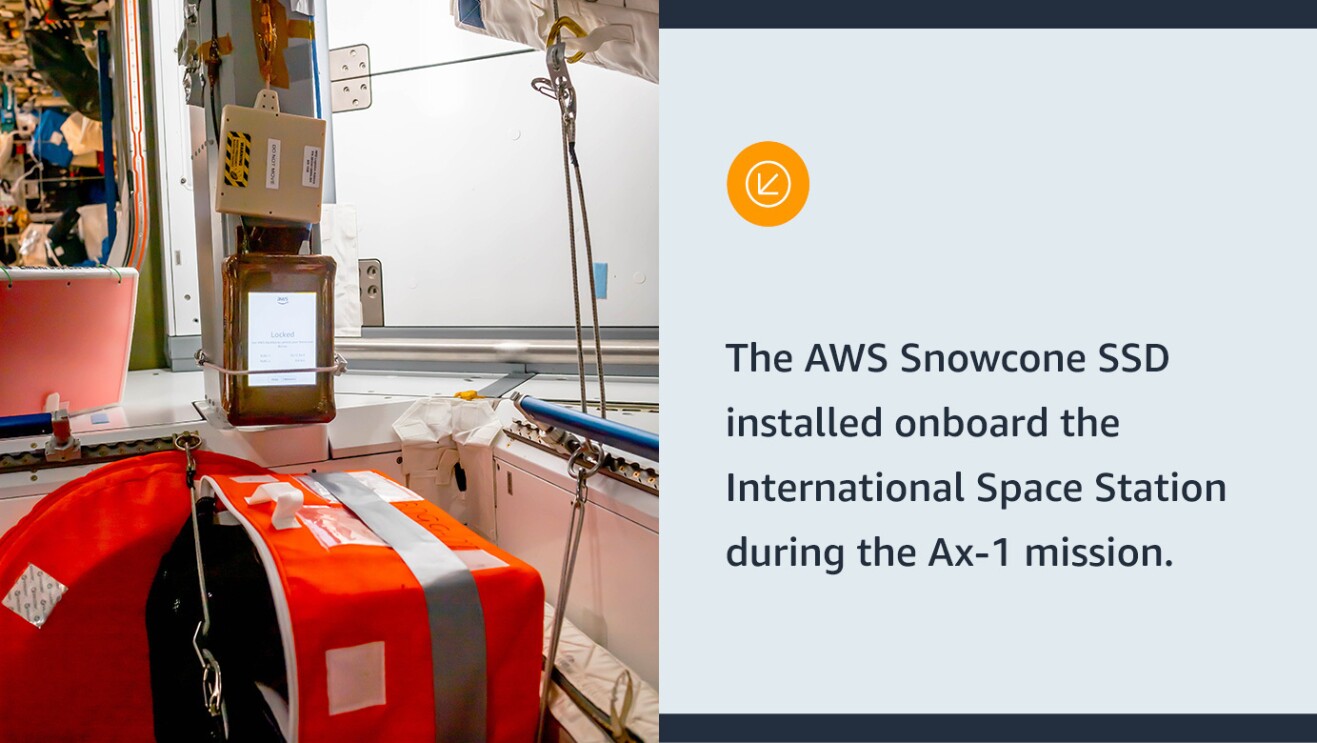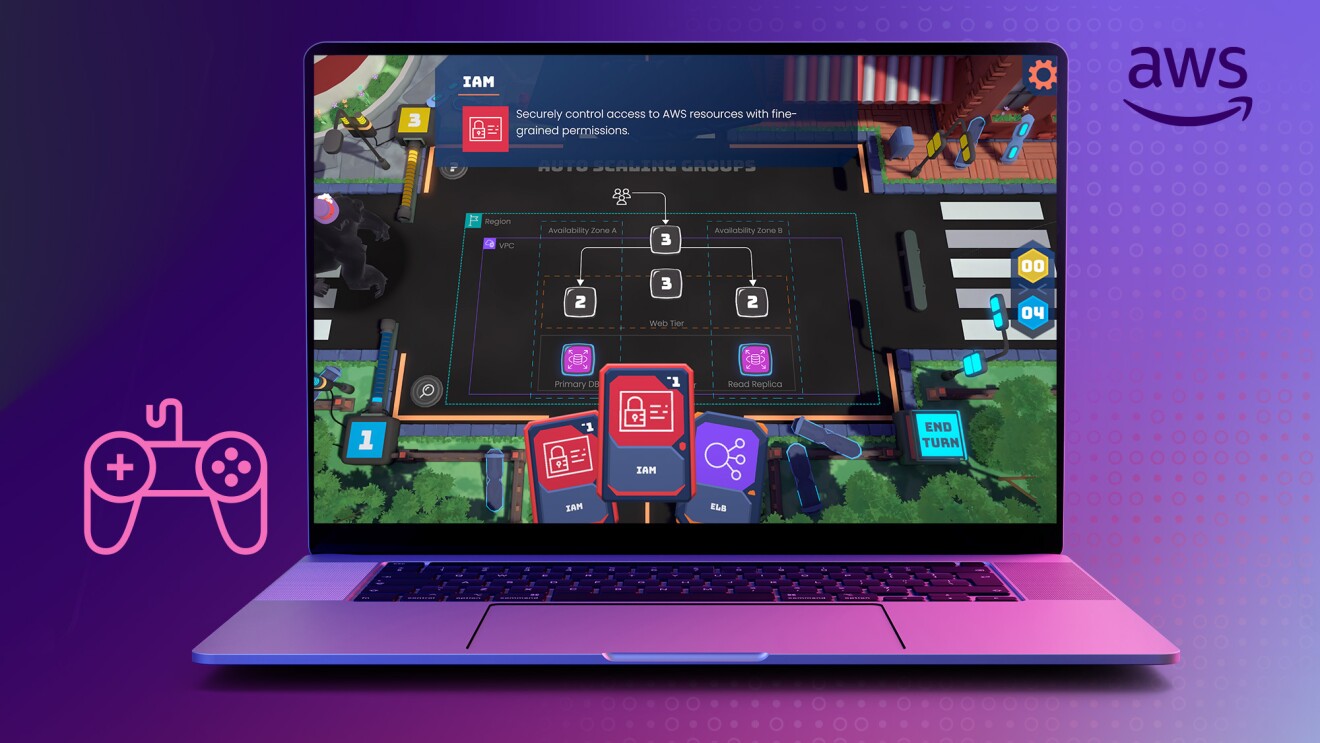Aerospace organizations around the globe, including Axiom Space, are developing new ideas for how humans will explore, conduct research, and do business in low Earth orbit (LEO) when the International Space Station (ISS) is retired at the end of this decade. Regardless of what the next commercial space stations may look like, one thing is certain: humanity’s desire for on-orbit scientific research and technological discovery will continue.
Bandwidth is limited on orbit due to limited infrastructure: traditional computing resources are bound by the conditions of human spaceflight while data transport pathways handle competing demands for operations and science tasks. This means astronauts have to send the data and imagery they gather back to facilities on Earth for processing. While only a minor issue when orbiting just above the Earth, future exploration missions to Mars will encounter significantly longer delays because of the enormous volumes of information that will need to travel to Earth and back to a spacecraft.
Amazon Web Services (AWS) recently collaborated with Axiom Space on a more efficient way to analyze data from their Axiom Mission 1 (Ax-1), the first all-private mission to the ISS, by using an AWS Snowcone solid state drive (SSD) device.

During Amazon re:MARS 2022 this week, AWS announced that the joint Axiom Space-AWS team successfully communicated remotely with the Snowcone on the ISS, and demonstrated the repeatable ability to perform edge processing on space-based datasets. This demonstration marks the first time that AWS has remotely operated a general-purpose edge processing and storage device on the ISS.
“AWS is committed to eliminating the traditional barriers encountered in a space environment, including latency and bandwidth limitations,” said Clint Crosier, director of Aerospace and Satellite at AWS. “Performing imagery analysis close to the source of the data, on orbit, is a tremendous advantage because it can improve response times and allow the crew to focus on other mission-critical tasks. This demonstration will help our teams assess how we can make edge processing a capability available to crews for future space missions.”
"Axiom Space’s Ax-1 mission was a historic mission aimed to expand commercial opportunities in space and open doors for more science and technology demonstrations that can improve life in orbit, as we saw with Axiom and AWS Snowcone,” said Tejpaul Bhatia, chief revenue officer of Axiom Space.
Ax-1 is one of several private space missions Axiom Space has planned to the ISS as it builds the world’s first commercial space station.
“We are excited to leverage AWS capabilities and are investigating future applications to help catalog various forms of data in a space station, from managing inventory to expediting research data analysis in an orbiting laboratory,” said Bhatia.
An integral part of the Ax-1 mission was scientific research, with Axiom private astronauts dedicating as many as 14 hours each day to more than 25 research investigations and technology demonstrations, including the AWS Snowcone. These microgravity experiments, like modeling tumor organoids for cancer research, produce large volumes of imagery and data that the crew must catalogue and analyze, and any photographs of the on-board experiments must be screened for sensitive information. Even for space missions lasting just 17 days, the length of the Ax-1 mission, this research activity can produce terabytes—one terabyte is equal to 1,000 GB—of data each day.
Originally designed for rugged, mobile disconnected environments, AWS Snowcone SSD was not conceived for space mission use. The device offers edge processing capabilities with multiple layers of encryption, in an easy-to-use, ultra-portable form. In just seven months, AWS worked with Axiom and NASA to prepare for the Snowcone to be safely sent to the ISS. This involved subjecting the device to NASA’s rigorous safety review process, including detailed thermal analysis and a series of laboratory tests that simulated random vibrations of a rocket during launch, or the spacecraft during flight.
“We strive to push the limits previously set and offer cloud computing capabilities when and where they’re needed most,” said Wayne Duso, vice president, AWS Storage, Edge, and Data Governance Services. “The AWS Snow family devices are designed to deploy and operate AWS-built applications in environments where there is no connectivity. For this mission, the AWS Snowcone SSD, the smallest and lightest of the Snow Family, was ideal because it weighs less than five pounds and is smaller than a standard-sized tissue box. The device proved durable enough to provide AWS compute, storage, and networking capabilities on board the ISS, fully disconnected from any ground facilities."
Once the Snowcone arrived at the space station, our teams were able to communicate remotely with the device and apply a sophisticated machine learning (ML)-based object recognition model to analyze a photo and output a result in less than three seconds. The team proved that it could repeat this process indefinitely and help enable the use of ML techniques for a number of applications on future space stations.
Trending news and stories










